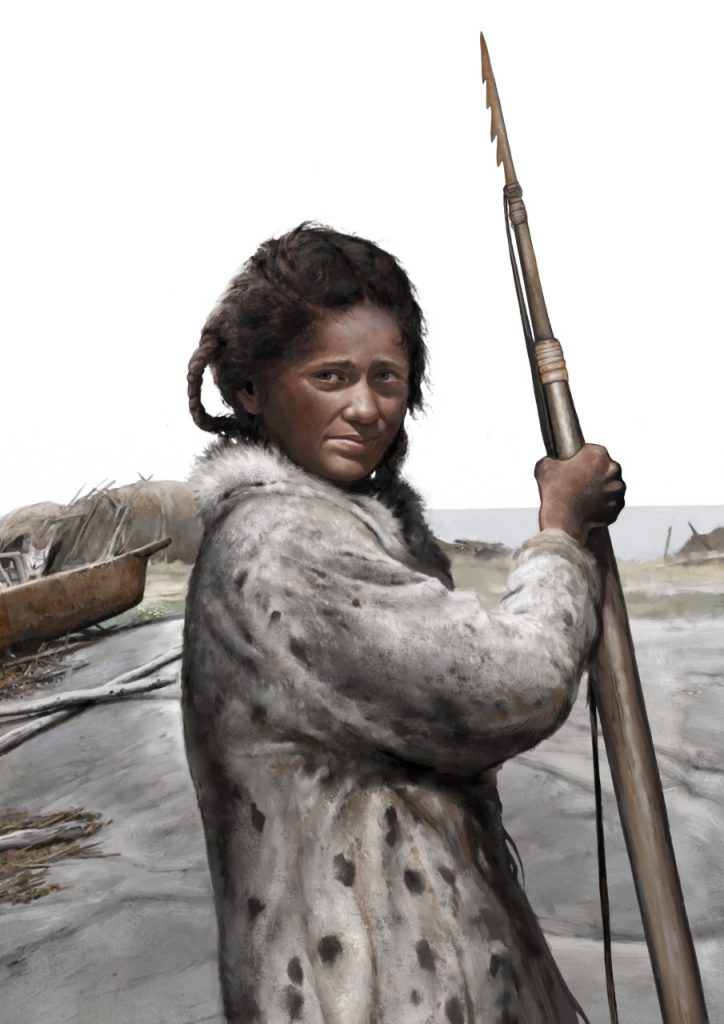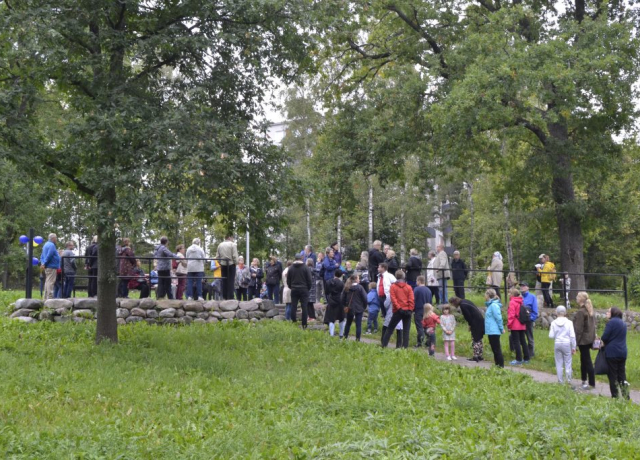Breathing Life into Jokiniemi and the Stenkulla Rock
Breathing Life into Jokiniemi and the Stenkulla Rock
This year's European Heritage Stories initiative invited European Heritage Days communities to share inspiring stories that celebrate the people and places behind the festival. The 80 stories submitted have been published on the European Heritage Days website, and from these, ten projects were selected by a European jury to be awarded with a grant.
European Heritage Stories launched in 2018 as part of the European Year of Cultural Heritage, and this year is in its second edition. Aiming to highlight and celebrate the people behind EHDs events, the initiative also offers support to communities who would like to further develop their stories into projects.
One of this year’s grantees is from Finland, the local club Vantaa-Seura. Their story is dedicated to one of the oldest guardians of their local and European heritage - the Stenkulla Rock. Since the Stone Age, the rocky hill, situated in the Jokiniemi district of Vantaa, Finland has watched over the area. Generations of hunters, travellers, bishops, and military troops have left their mark on local archaeology. The Stenkulla Rock records the history of the region. Numerous archaeological findings have shown traces of people living or travelling through the area in various historical periods.
The archaeological park at Stenkulla rock opened in 2017 on the site, allowing visitors to explore the stories behind its long history. The European Heritage Story Breathing Life into Jokiniemi and the Stenkulla Rock will further explore the significance of the site. Aiming to raise awareness of the historical significance of the site among younger generations and inspire community involvement with heritage preservation, the project is built around a two-part educational programme.

A book produced by the project’s leader, archaeologist Andreas Koivisto and the artist Tom Björklund, will help to bring the history of the place closer to children. The second part of the project will produce an interactive mobile game for school children. Launched on 8 September 2019, at their European Heritage Days event, the game provides a new way of learning about the heritage of the site and its cross-cultural dimension. Developed to suit the needs of today’s heritage explorers, the game helps children to rediscover the heritage that surrounds them. The game allows for an on-site activity performed during a history lesson, where the students can re-enact different historical events, discover the archaeological findings and learn how nature affected the site throughout history.
In addition to enabling new means of interaction with the heritage, the project will help to further highlight the multicultural character of the site and the region, demonstrating the links that tie all European nations. Aside from the heritage of the archaeological park itself, the project proposed a new framework for the interpretation of heritage by showcasing how modern technologies can breathe new life into the heritage and make it accessible for younger generations.
The project will conclude early next year, and until then, you can keep up with progress here. Next year's call for European Heritage Days Stories will open in the new year, so check back for the latest updates and to find out how you can be involved in 2020.
